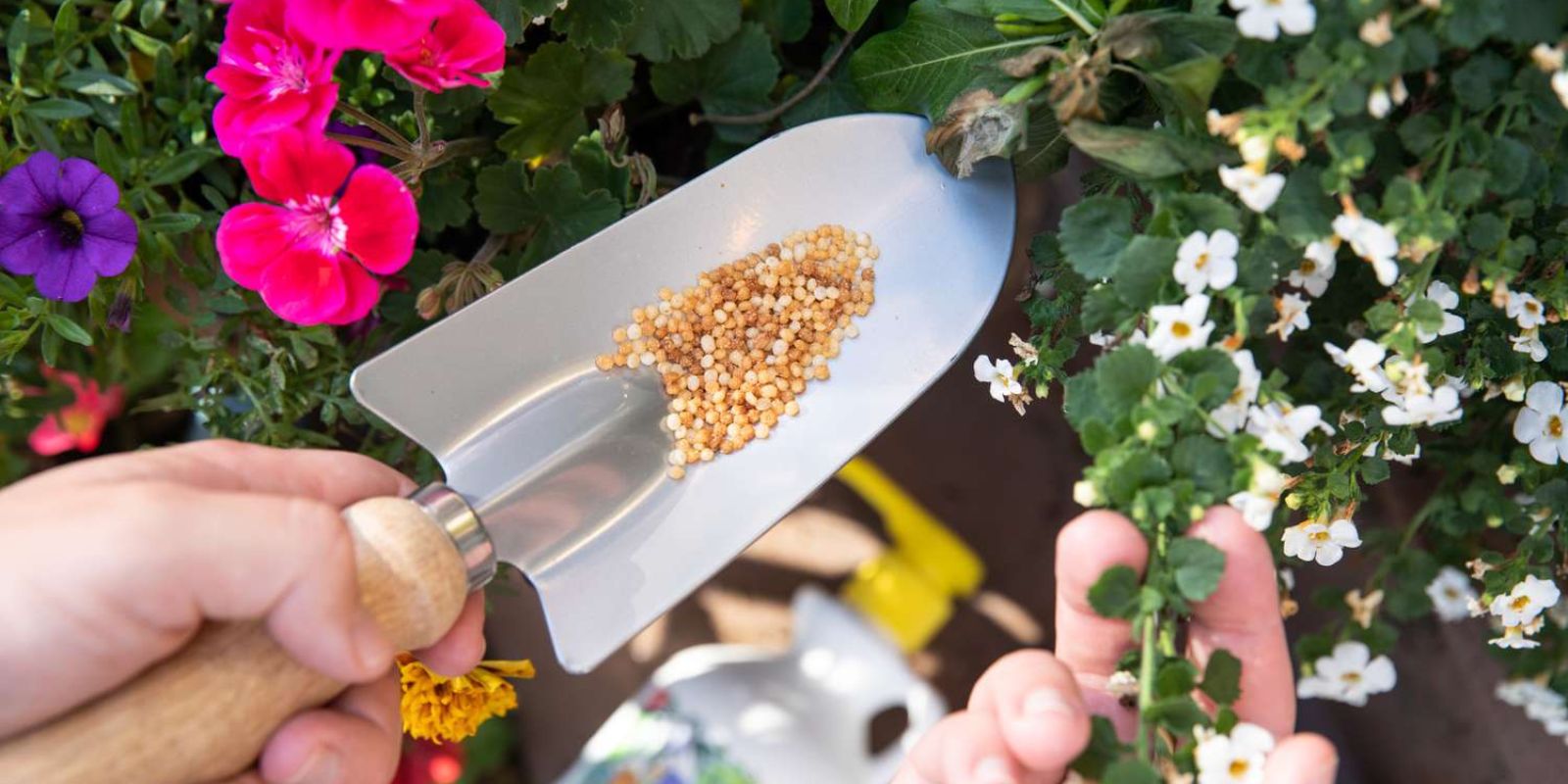A beautifully blooming flower bed can be the crowning glory of any garden, adding vibrant colors and delightful fragrances to your outdoor space. To achieve and maintain a stunning flower display, proper fertilization is key. This guide will provide you with essential tips for fertilizing your flower beds to ensure they remain healthy, lush, and full of life throughout the growing season.
Why Fertilization Matters
Fertilization plays a crucial role in plant health by supplying essential nutrients that may be lacking in the soil. Plants require a balanced mix of macronutrients—nitrogen (N), phosphorus (P), and potassium (K)—as well as secondary nutrients and trace elements to thrive. Proper fertilization enhances root development, promotes vigorous growth, and supports abundant flowering.
Step 1: Test the Soil
Why Soil Testing is Important: Conducting a soil test is the first step in successful fertilization. It provides valuable information about your soil’s nutrient levels and pH, helping you make informed decisions about which fertilizers to use.
How to Test Your Soil:
- Purchase a Soil Testing Kit: Available at garden centers or online, these kits are easy to use and provide quick results.
- Collect Soil Samples: Take samples from several spots in your flower bed to get an accurate representation of soil conditions.
- Follow Instructions: Mix the soil sample as directed and send it to a testing lab or use the kit’s color chart to determine nutrient levels and pH.
Step 2: Choose the Right Fertilizer
Selecting the Best Fertilizer: Based on your soil test results, choose a fertilizer that addresses any deficiencies and supports your plants’ needs.
Types of Fertilizers:
- Balanced Fertilizers: These contain equal proportions of N, P, and K (e.g., 10-10-10) and are suitable for general use.
- Flower-Specific Fertilizers: Formulated with higher phosphorus content to promote blooming (e.g., 10-20-10).
- Organic Fertilizers: Derived from natural sources like compost, bone meal, or fish emulsion, they improve soil health and are eco-friendly.
- Synthetic Fertilizers: Provide precise nutrient ratios and immediate results but may require careful handling.
Choosing the Right Option: Consider your flower types and soil needs. For example, if your soil is low in phosphorus, opt for a fertilizer with a higher phosphorus ratio.
Step 3: Follow Application Instructions
Proper Application: Correct application ensures that your flowers receive the nutrients they need without causing harm.
Application Methods:
- Granular Fertilizers: Spread evenly over the soil surface and work into the top few inches. Granular fertilizers can be applied before planting or as a top dressing.
- Liquid Fertilizers: Dilute according to the manufacturer’s instructions and apply directly to the soil or foliage. Liquid fertilizers are absorbed quickly and are ideal for immediate nutrient uptake.
- Slow-Release Fertilizers: These release nutrients gradually over time, providing a steady supply of nourishment.
Application Tips: Follow the recommended rates and avoid over-fertilizing, which can lead to nutrient imbalances and potential harm to your plants.
Step 4: Time Your Fertilization
Timing is Crucial: When and how often you fertilize can significantly impact the health and blooming of your flower beds.
Fertilization Schedule:
- Early Spring: Apply fertilizer in early spring to provide a nutrient boost as plants start their growth cycle.
- Mid-Season: Fertilize again during the growing season, especially before major flowering periods, to sustain plant health and bloom production.
- Pre-Blooming: A final application before plants reach their peak blooming stage can enhance flower quality and quantity.
Seasonal Adjustments: Adapt your fertilization schedule based on plant growth stages and seasonal changes. For instance, some perennials benefit from an extra boost in late summer.
Step 5: Monitor Plant Health
Observing Plants: Regularly check your flowers for signs of nutrient deficiencies or excesses, and adjust your fertilization practices as needed.
Signs of Nutrient Issues:
- Yellowing Leaves: May indicate a nitrogen deficiency.
- Poor Blooming: Could be a sign of insufficient phosphorus.
- Stunted Growth: Might suggest a lack of potassium or other essential nutrients.
Adjustments Based on Observations: If you notice any issues, re-evaluate your fertilization routine. Consider adjusting the type or amount of fertilizer or modifying your application schedule.
Environmental Considerations
Protecting the Environment: Proper fertilization practices benefit not only your flowers but also the surrounding environment.
Best Practices:
- Use Organic Options: Organic fertilizers support soil health and reduce the risk of nutrient runoff.
- Apply Sparingly: Avoid over-application, which can lead to nutrient runoff and potential environmental harm.
- Incorporate Cover Crops: Planting cover crops can help absorb excess nutrients and prevent soil erosion.
Conclusion
Fertilizing your flower beds correctly is essential for maintaining vibrant and healthy blooms. By testing your soil, choosing the right fertilizer, applying it properly, timing your applications, and monitoring plant health, you can ensure your flower beds flourish throughout the growing season. Embrace these fertilizing tips to create a stunning garden that brings joy and beauty to your outdoor space.
Motivational Note: Dive into the world of effective fertilization to see your flower beds thrive with dazzling colors and abundant blooms. With the right care and attention, your garden can become a breathtaking showcase of nature’s beauty! 🌺🌟

